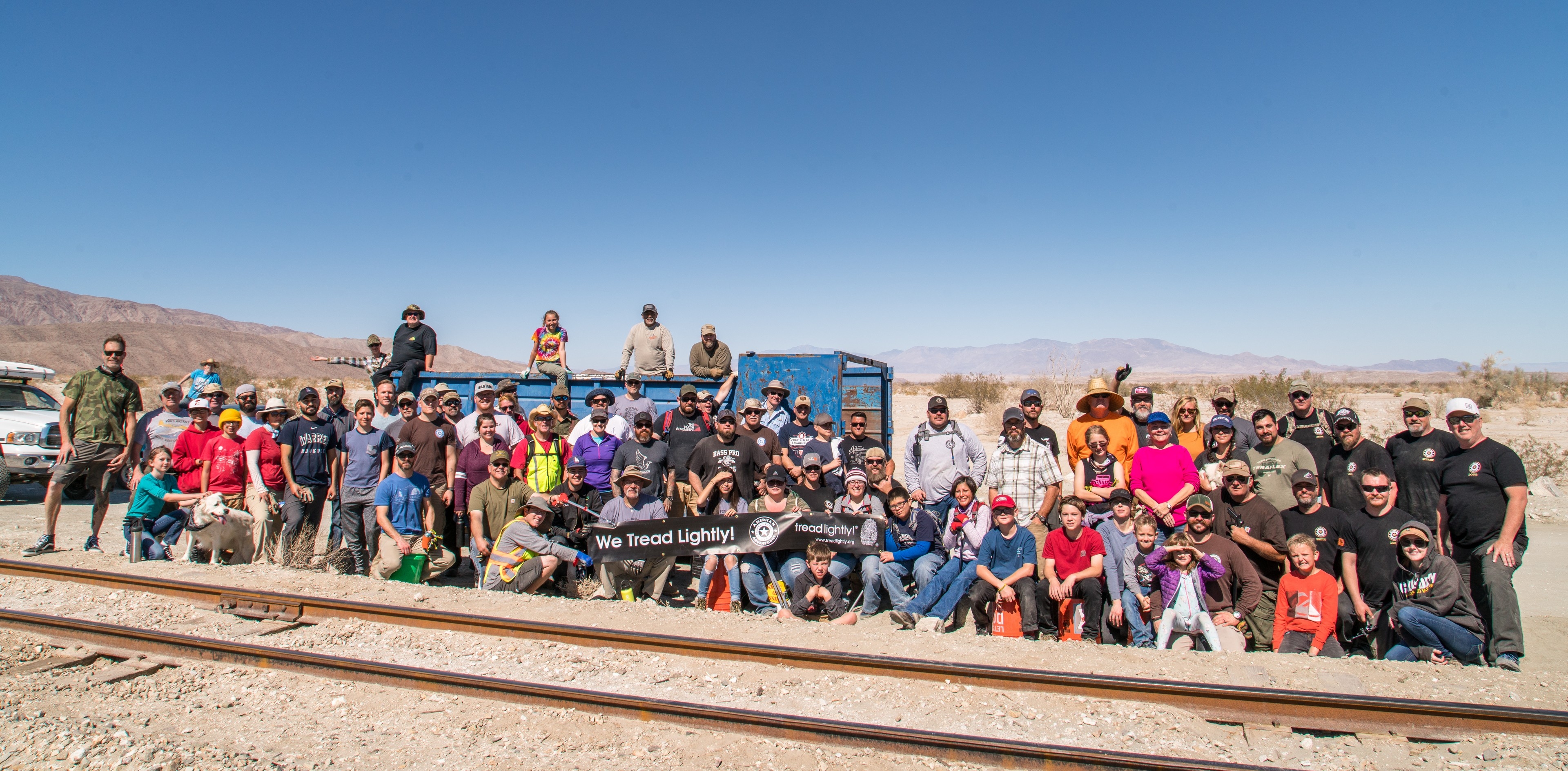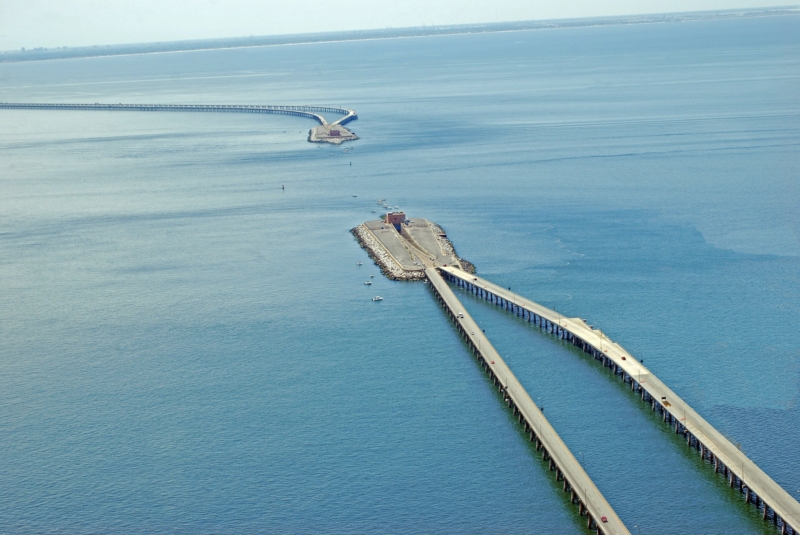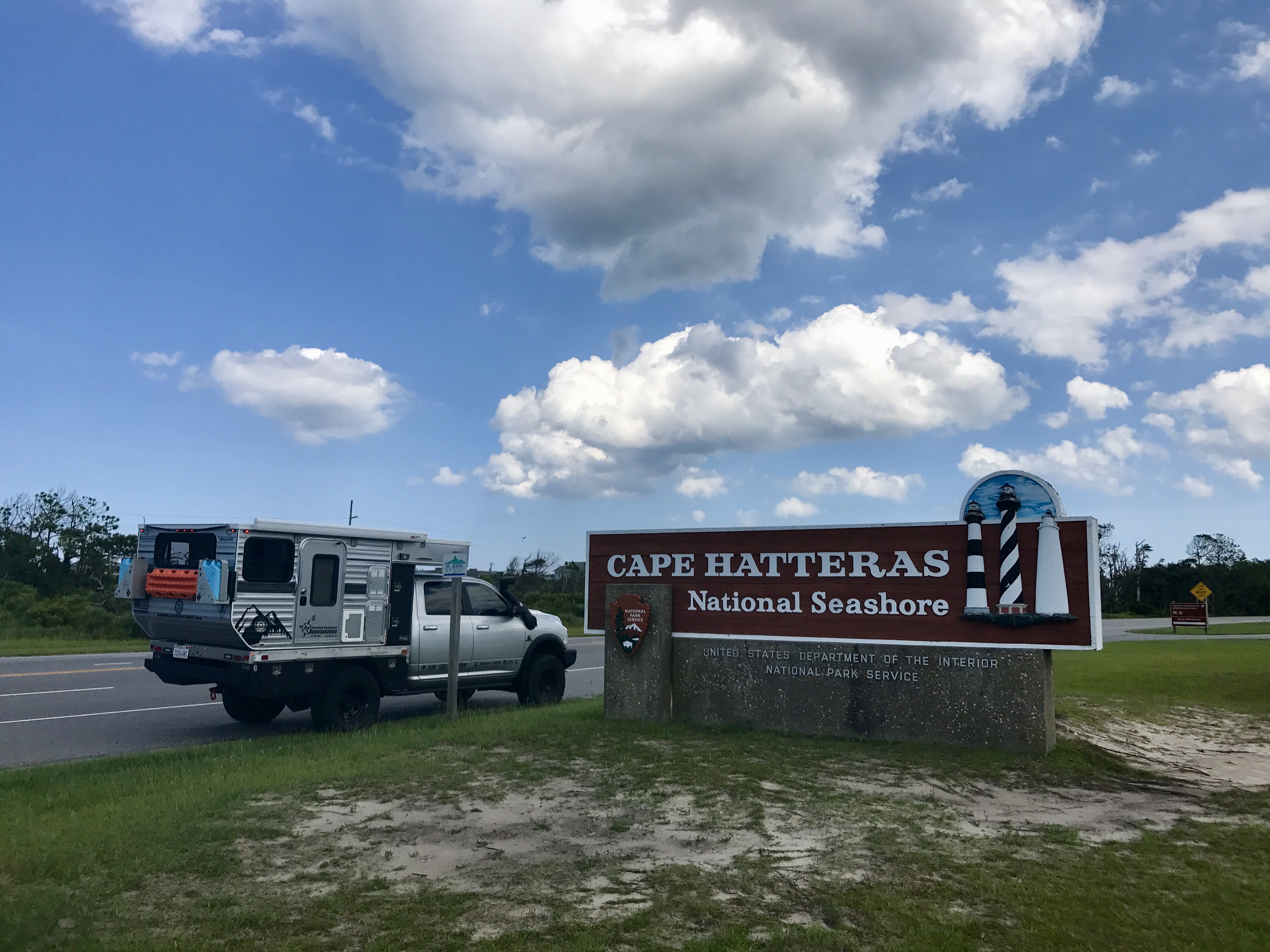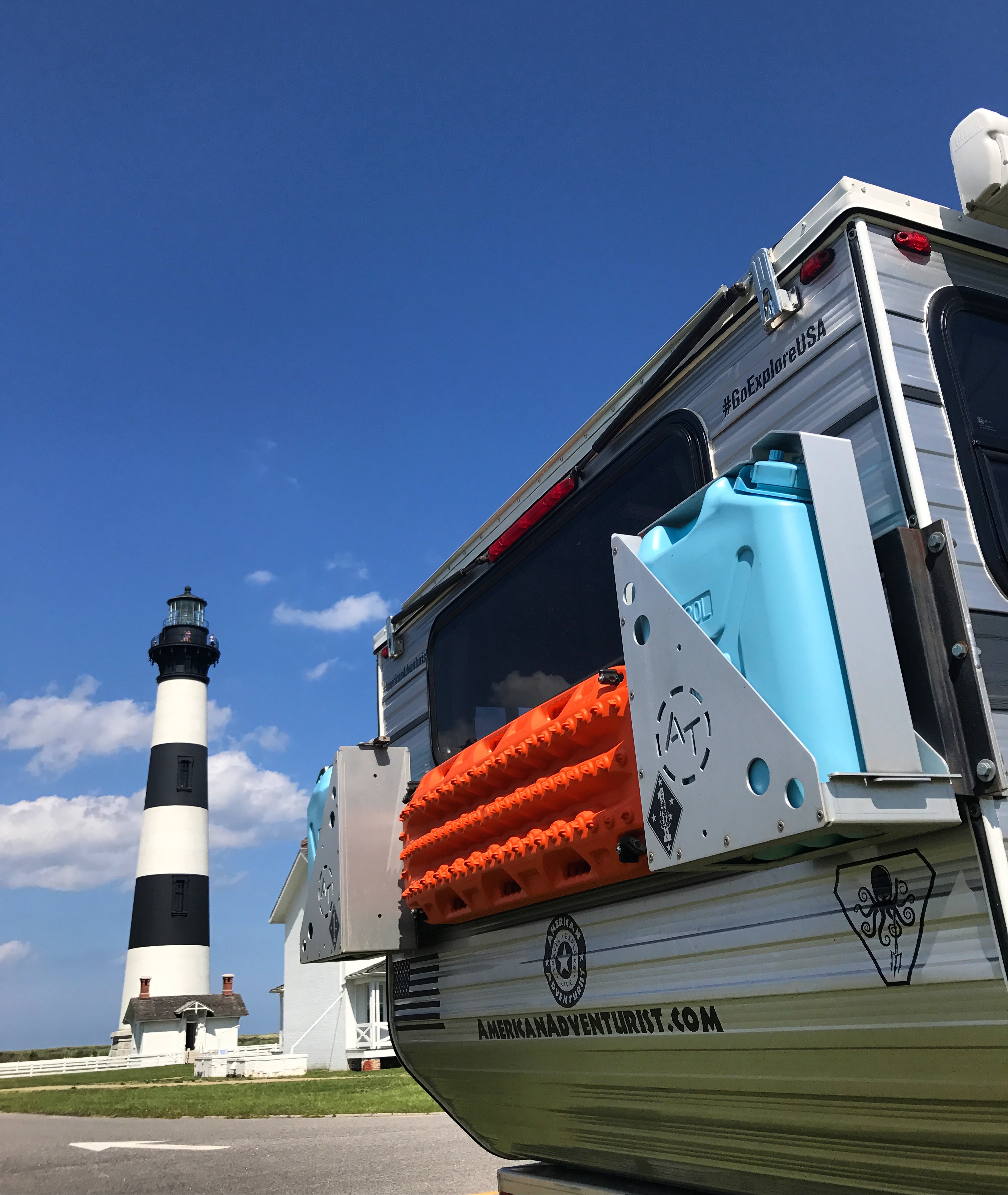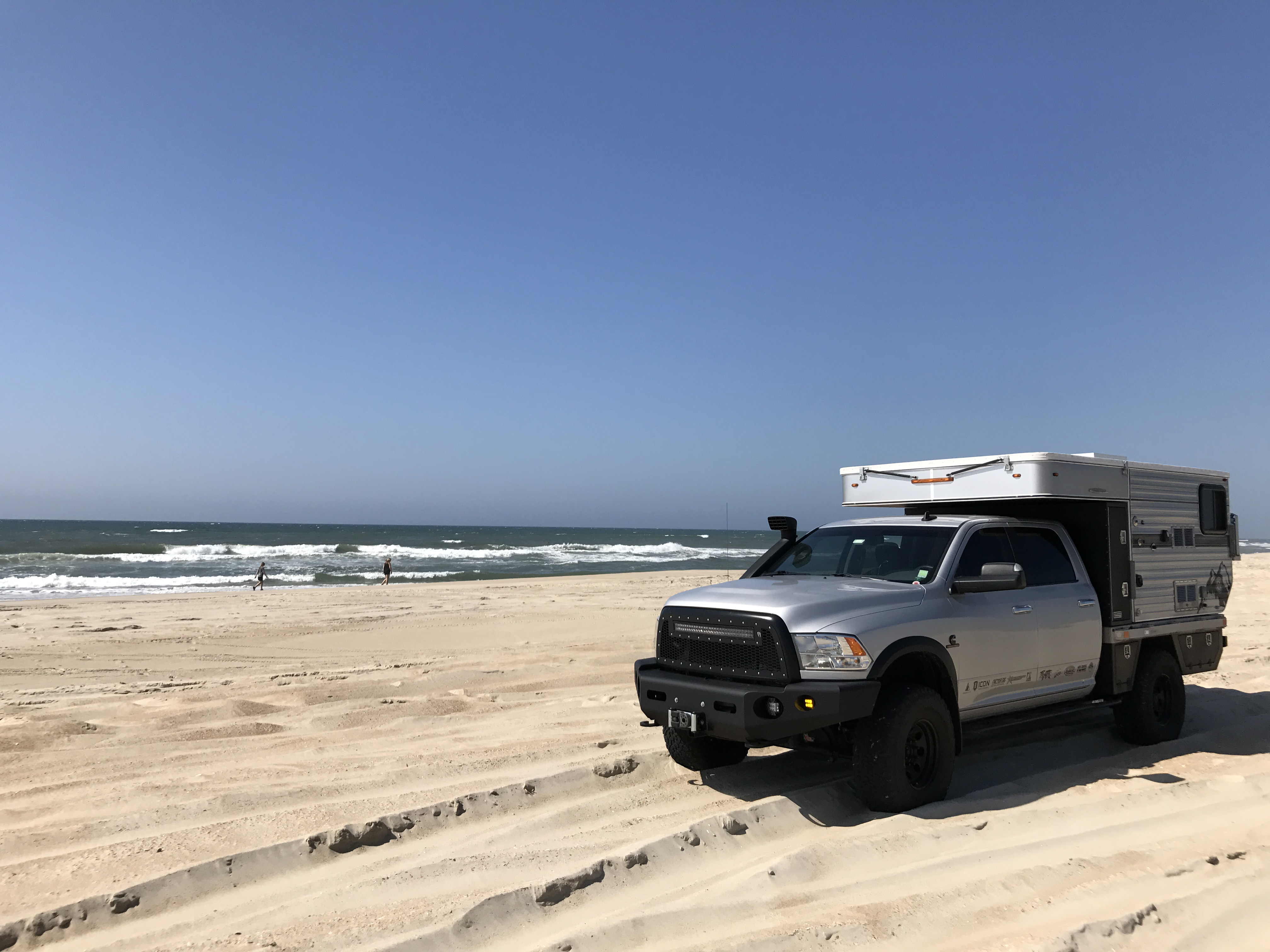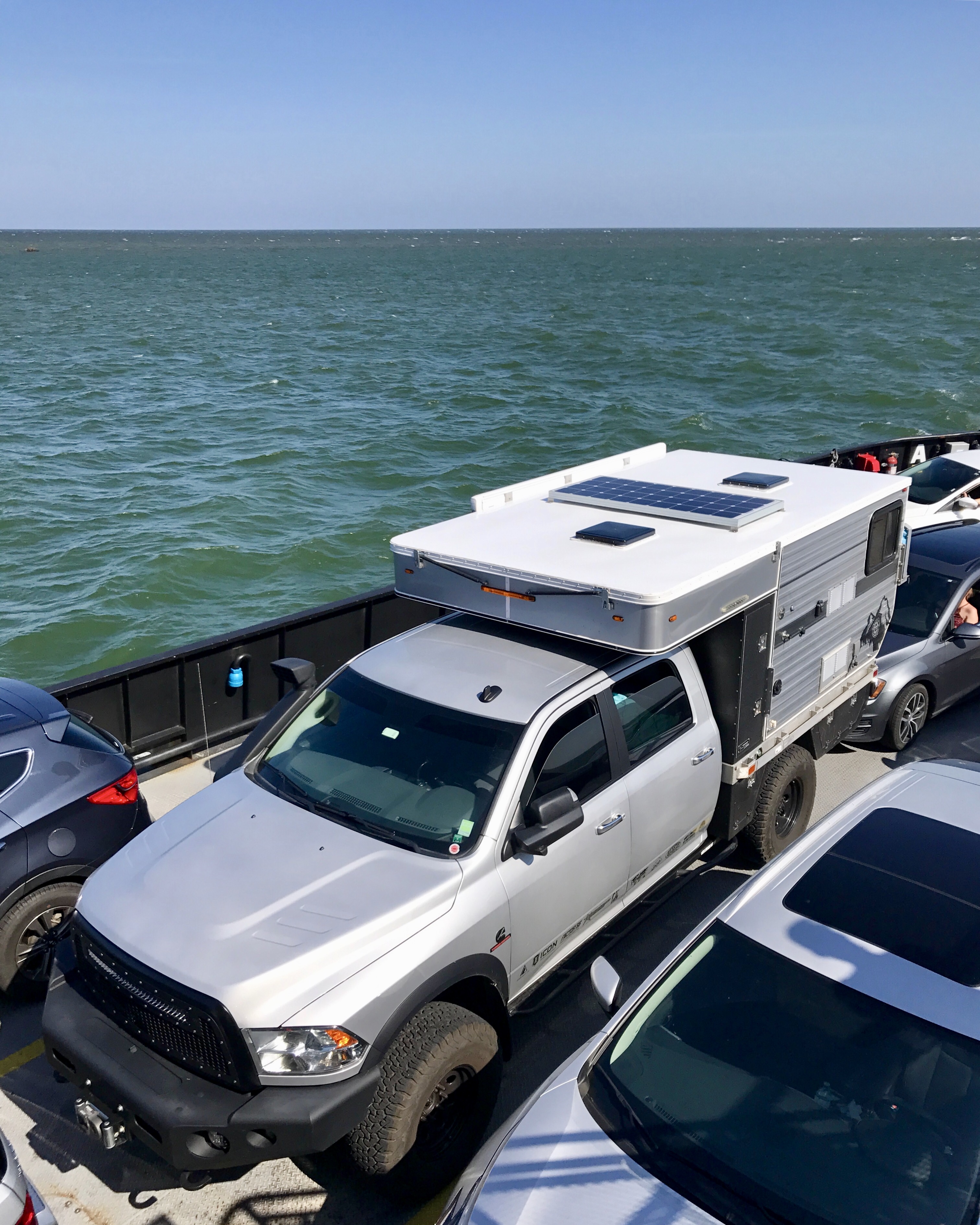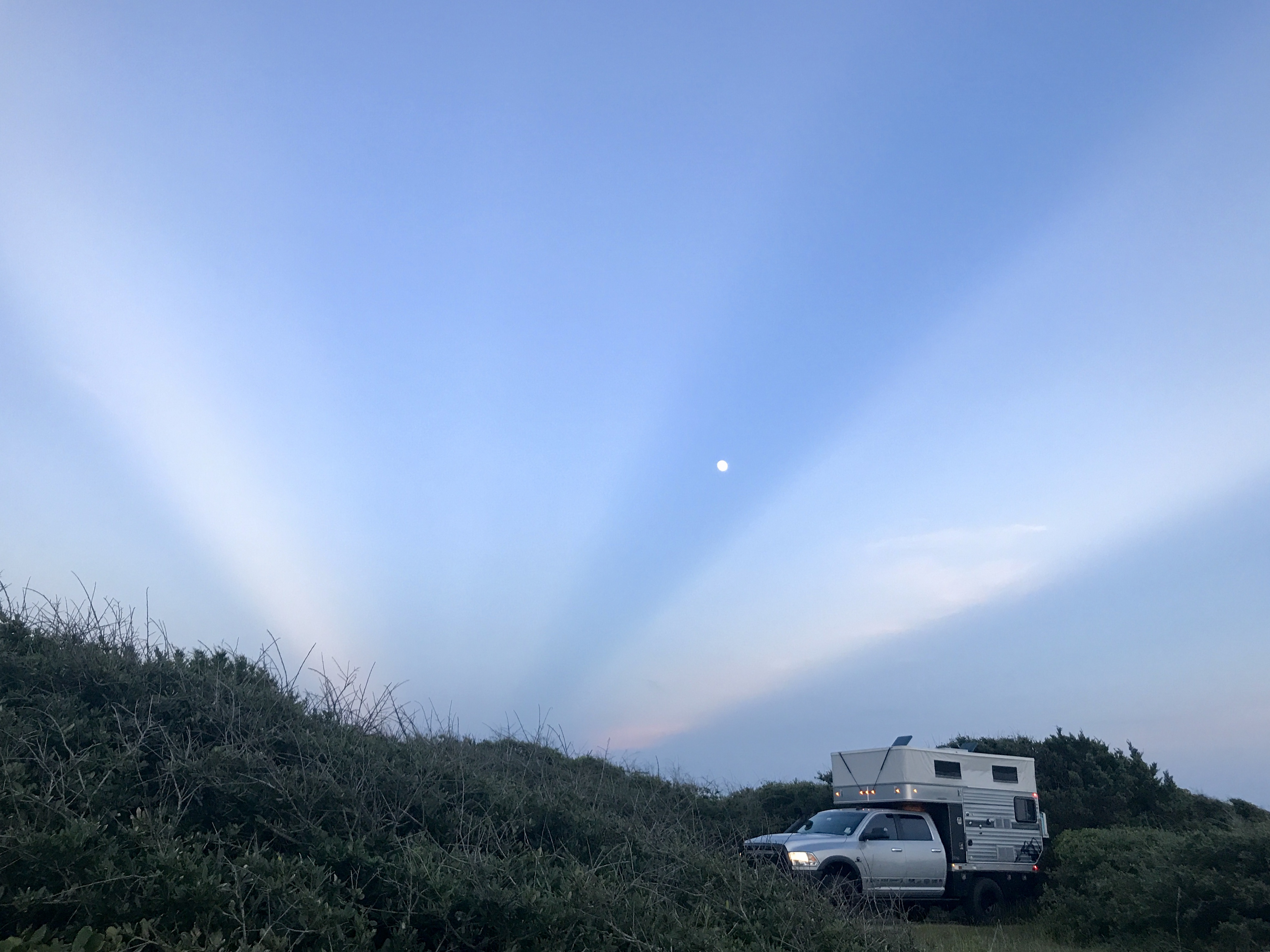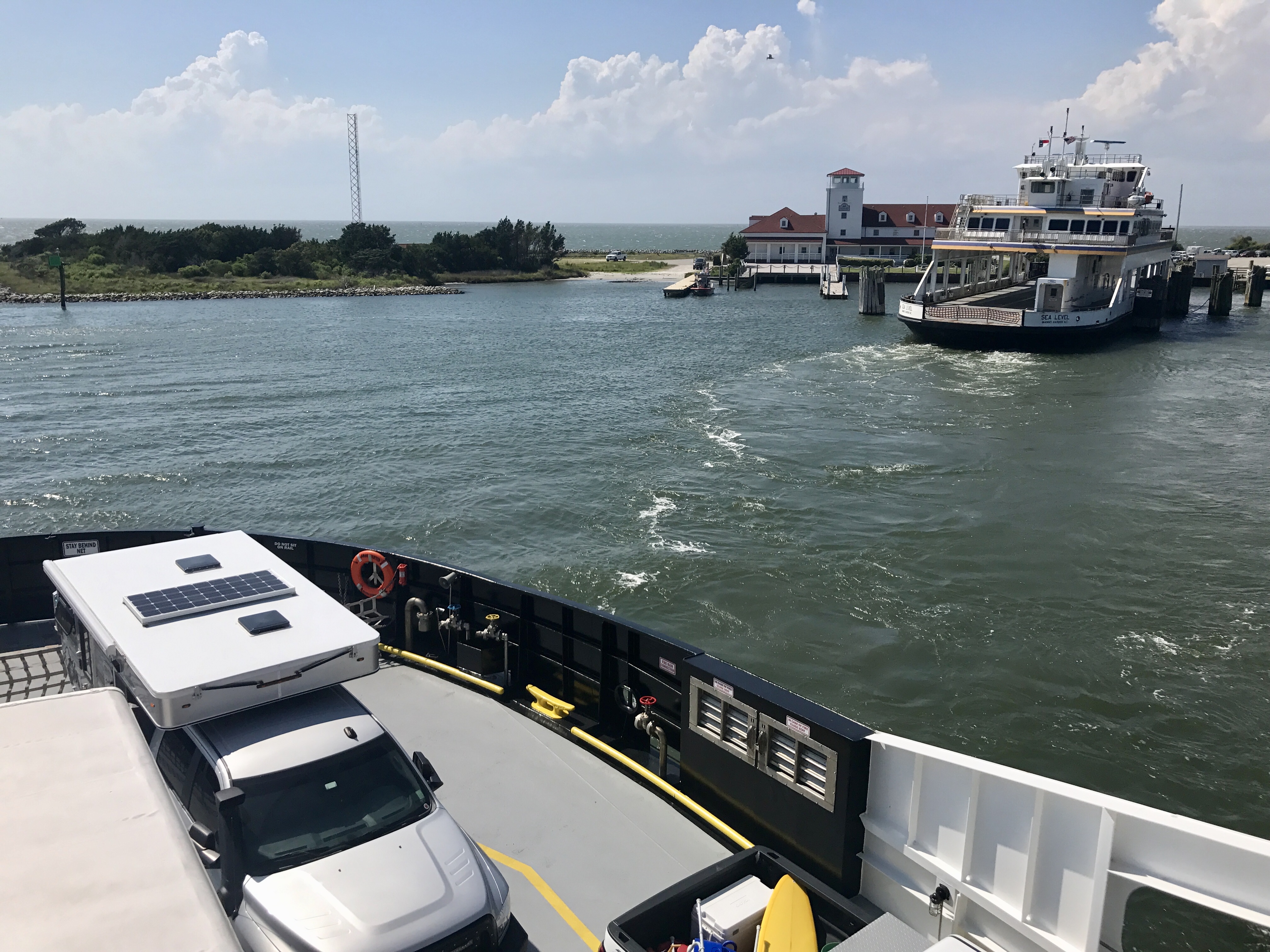
American Adventurist began at a campfire near Anza Borrego. There’s just something inherently right about spending time around a campfire with good people, and we wanted to do more of it. Fast forward eight years to a long weekend running trails with barbecues, gear raffles, potlucks and classes on everything from astrophotography to advanced vehicle recovery techniques, these times spent around the campfire are some of our best memories. In the end it’s all about the people, and for the last eight years we’ve been teaching people how to have fun in the desert while leaving Anza-Borrego better than we found it. This is the 8th Annual Desert Rendezvous hosted by American Adventurist.

For 2018, we came up with too many activities to pack into three days, so we added an extra day to all of our events. This year the event started on Thursday and people came from across California, Nevada, Arizona, and as far away as Texas to join in on everything that is Desert Rendezvous.
Unlike most outdoor enthusiasts, the average American Adventurist is completely self sufficient in the backcountry. Most vehicles have been tastefully modified and are properly equipped for unsupported, vehicle dependent travel. There are no toilets here, no running water, no fuel or stores for many miles. Fuel, water, provisions and toileting arrangements are all carefully planned for in advance so that they are always prepared, and once they leave a campsite there is no trace. Just tire tracks in the sand.

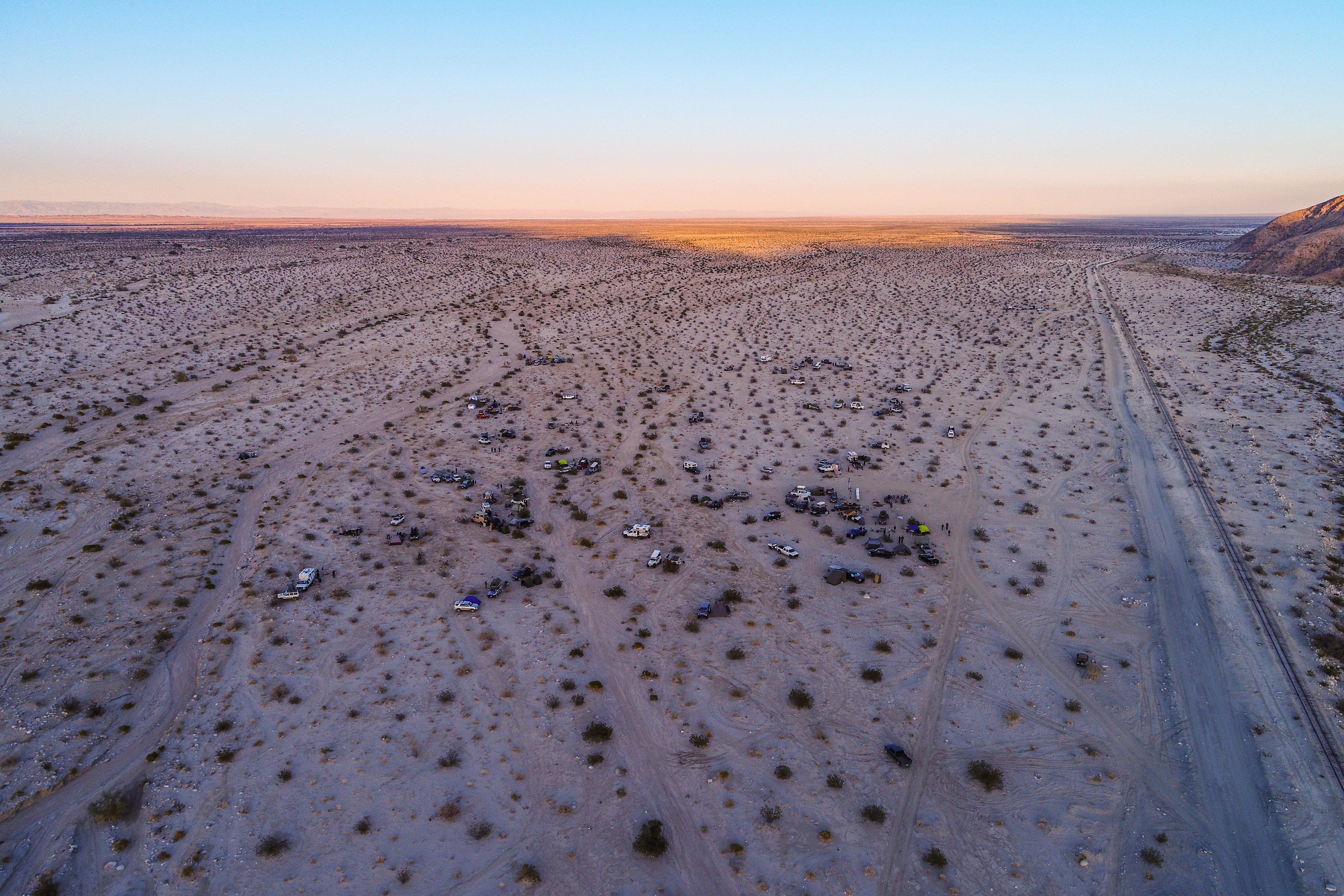
One of the great things about the desert is that it allows people to spread out a little rather than being crowded in like a trade show. People took advantage of this by arriving on Thursday, making camp at a leisurely pace and mingling. Renowned 4WD guru Bill Burke of Bill Burke’s 4 Wheeling America and his sidekick Henry even showed up to say hi and donate to the raffle.
Friday morning started the way all mornings should – watching the sunrise while coffee percolates. After breakfast, a number of folks lined up their rigs for the trail runs while other folks took time to relax in camp and hang out or even attend classes. That’s one of our founding “rules” at a Rendezvous event – do as much or as little as you like. There’s an event schedule, but you’re really on your own program.



Trail runs departed and soon classes were underway in camp. Joey Pitts, an I4WDTA Certified Trainer and owner of Pitt’s 4×4 Company, came all the way from Texas to instruct classes on off-road skills focused on safely utilizing commonly seen recovery gear to resolve a variety of “stuck vehicle” scenarios and other mobility challenges typically encountered during off-pavement desert trips.

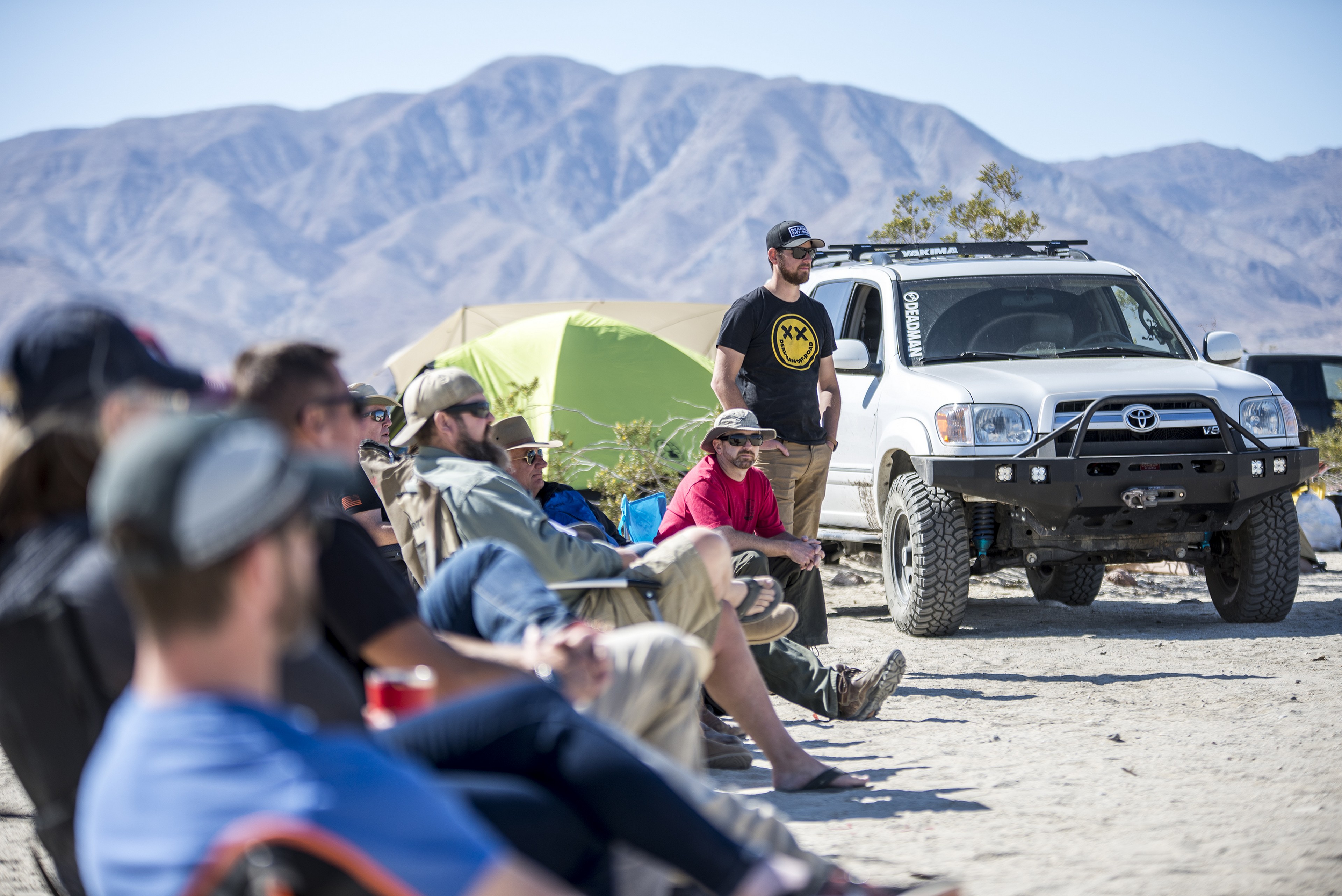

As the sun sets, everyone is back in camp as the American Adventurist Staff fires up grills and skottles to cook up a mountain of burgers and hot dogs for the barbecue social hosted by sponsor Pelfreybilt Off-Road. No one ever goes hungry at a Rendezvous event and the shenanigans were soon underway again as night falls.


After dinner, a number of folks met up to learn about astrophotography while others congregated around the campfire. Thanks to our friends at Goal Zero, we were able to bring along a computer monitor to show students what the instructors were doing with their cameras, and provide free solar charging for the entire event. Nighttime photography in the desert is a special treat and we can’t wait to see what our members can do with these newfound skills.


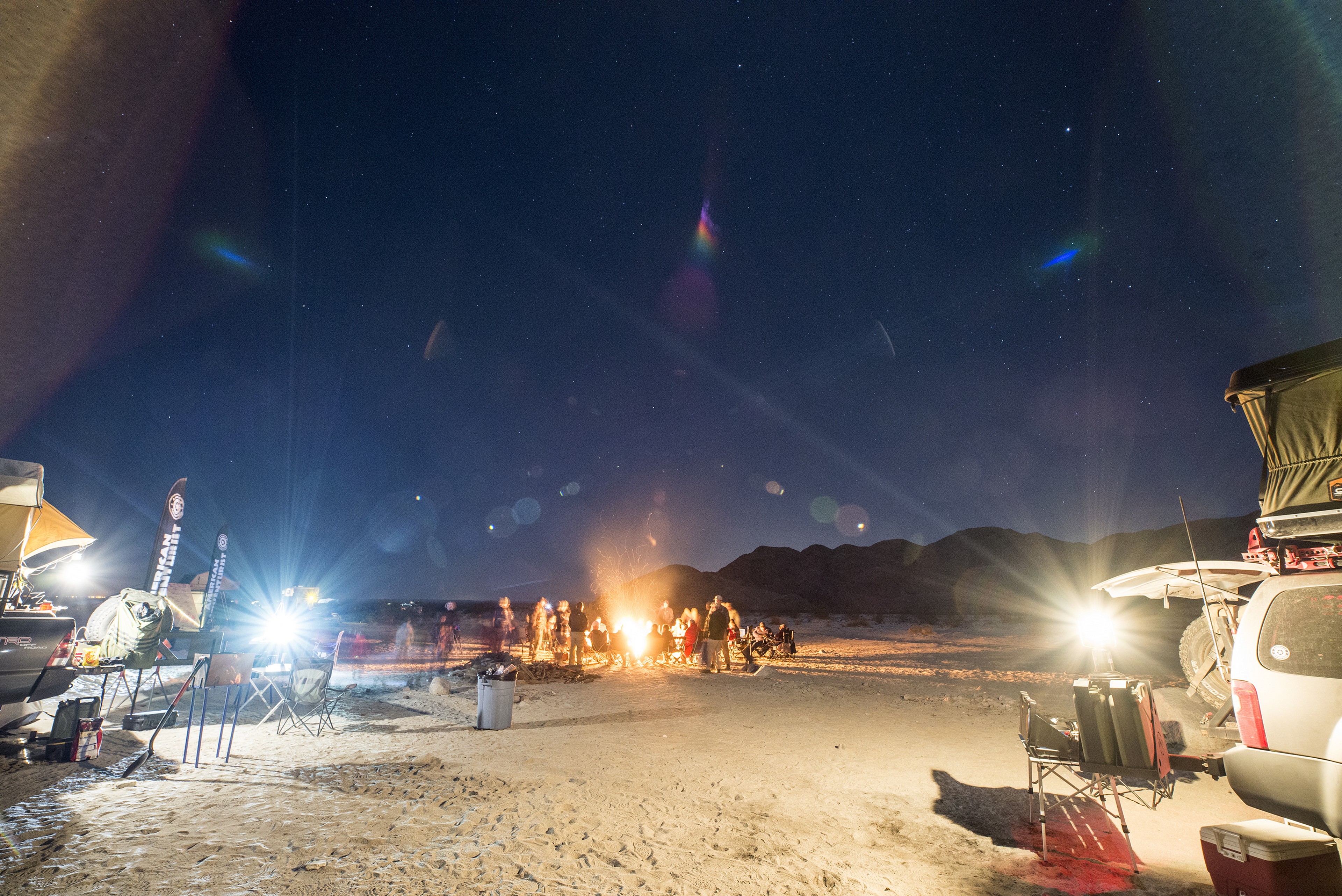

Saturday’s schedule is packed with classes again with offerings in camp for kids and adults alike. A number of rigs lined up once more for trail runs while others gathered to attend the classes. The scavenger hunt was a big hit this year as kids raced around camp putting new compass skills to use while seeking out random items and staff members. As always, sun and wind are a factor in the desert and this weekend did not disappoint with beautiful weather and mild temperatures. There’s a reason we call this time of year “desert season”.




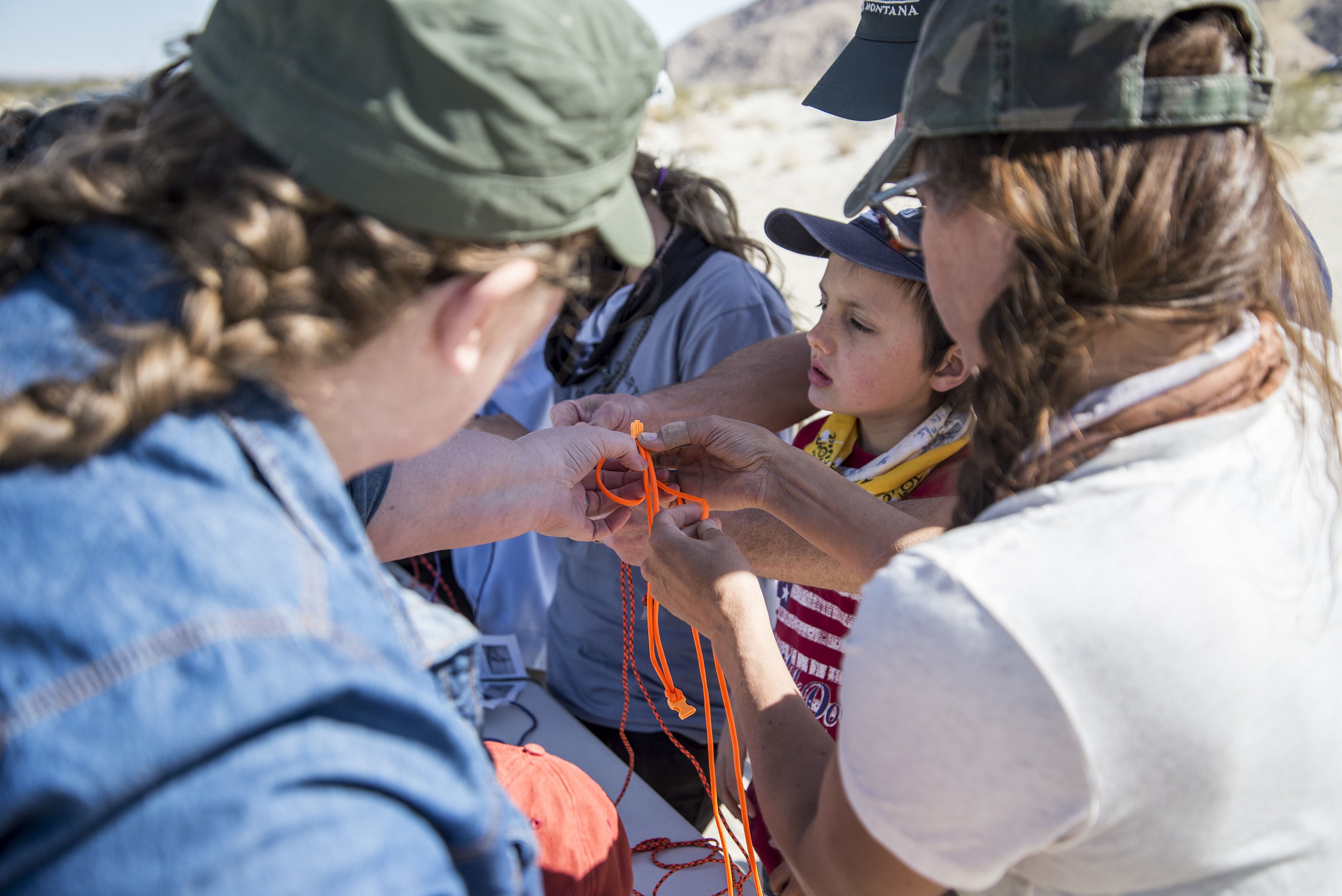


Pitts 4×4 Company was joined by Deadman Off-Road and Step 22 Gear to put on another great course on vehicle recovery in the desert. Deadman has a revolutionary land anchor that’s capable of anchoring to just about anything – earth, trees, rocks, you name it. The demo provided was both informative and entertaining, and we were VERY impressed by the results. A very BIG thanks to all of these experts for coming out and teaching at Desert Rendezvous!





Just as this class was winding down, folks were drawn to the excellent smells of the Dutch Oven cooking class – a perfect appetizer for the evening’s Potluck and Dutch Oven Competition hosted by Front Runner Outfitters. If you’ve never tried Dutch Oven (aka Potjie Pot) cooking while camping you’re missing out – everything from fresh bread to jambalaya to peach cobbler or even triple chocolate cake can be made completely off-grid. Fire one up (or just mooch off your buddy) and you’ll be a believer – the only limit is your imagination.





On Sunday morning everyone in camp mustered for the Annual Desert Rendezvous Cleanup. This year, the Bureau of Land Management provided two gigantic dumpsters large enough to park a full-size truck inside – and by the time the group of volunteers had worked its way from camp to the dumpsters they were filled with of all sorts of garbage and oddities that you wouldn’t expect to see abandoned in the desert. Over the years, we’ve found everything from TV’s and freezers to wigs and prosthetic limbs.
Sadly, it seems too many people have no idea what it means to Tread Lightly! in even the most basic sense – as a Community we’re doing our part to change that by putting Tread Lightly! concepts into practice in hopes of keeping this and other areas open for future recreation. Next year, we need your help.






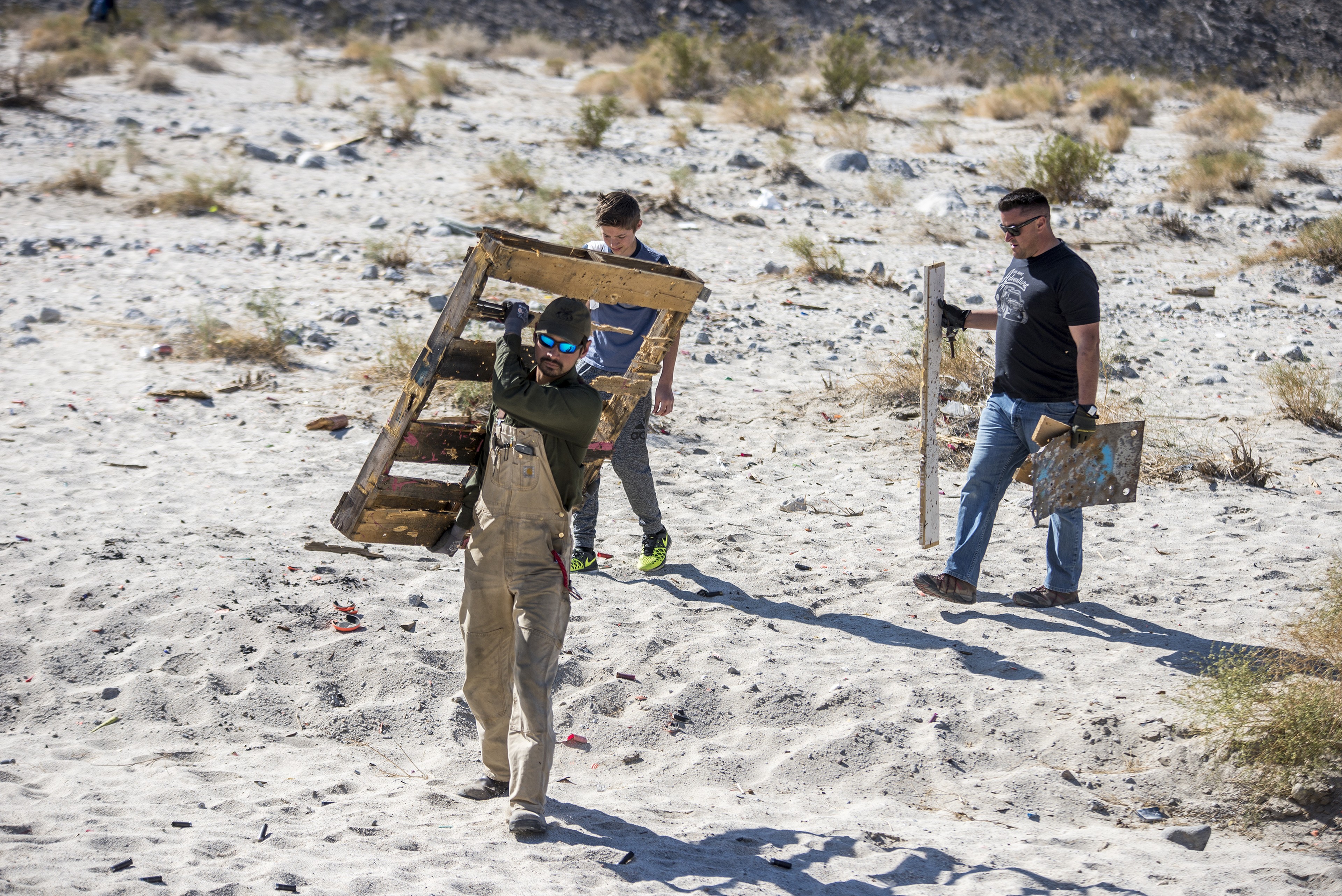
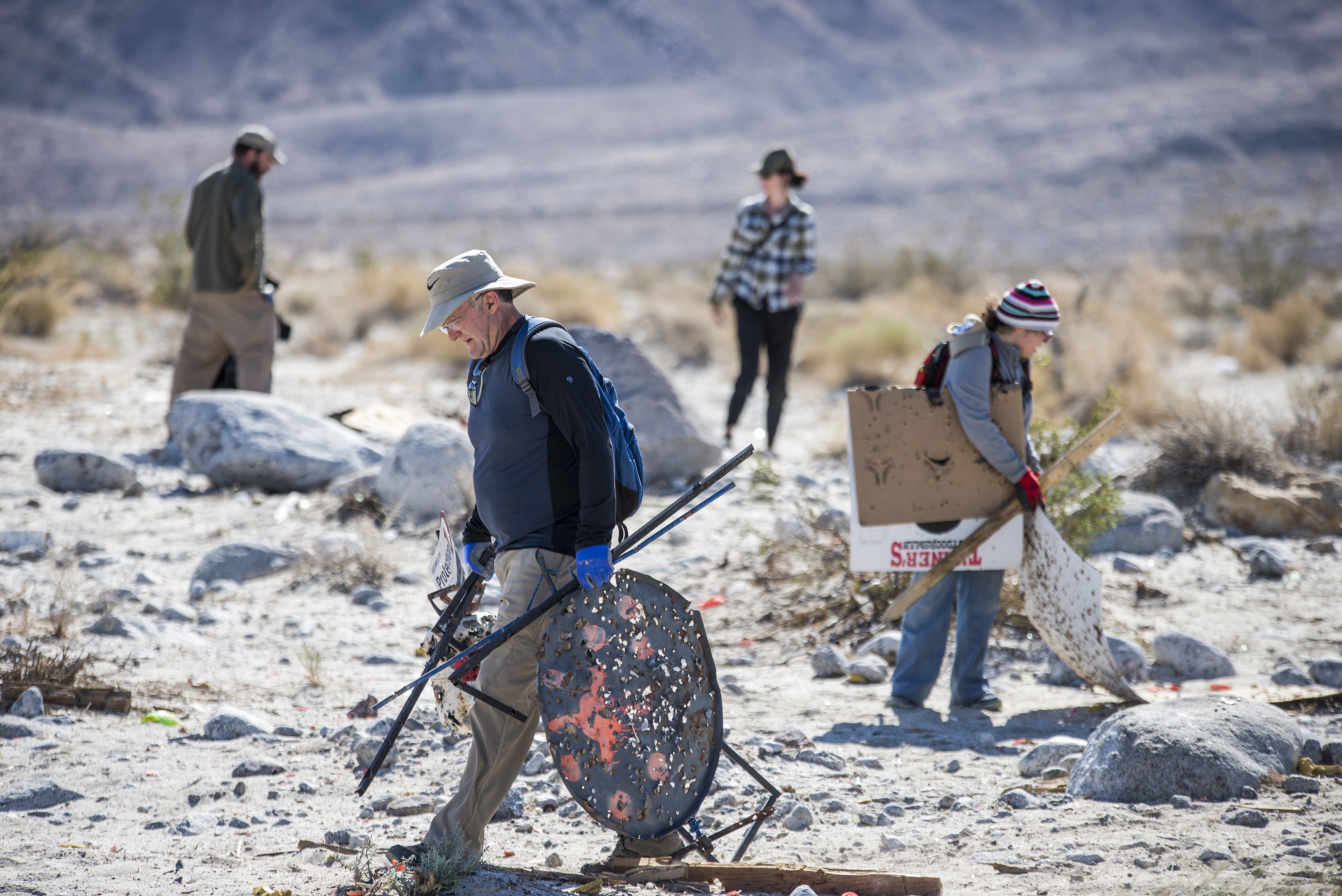









At final tally, this year’s Desert Rendezvous Cleanup picked up over FIVE TONS of trash.
To be precise, American Adventurist members collected 5.36 tons, or 10,720 pounds of trash from our public lands. In one day.
Let that sink in for a minute. If you see any of these fine Americans out there on the trail, please thank them for their efforts.
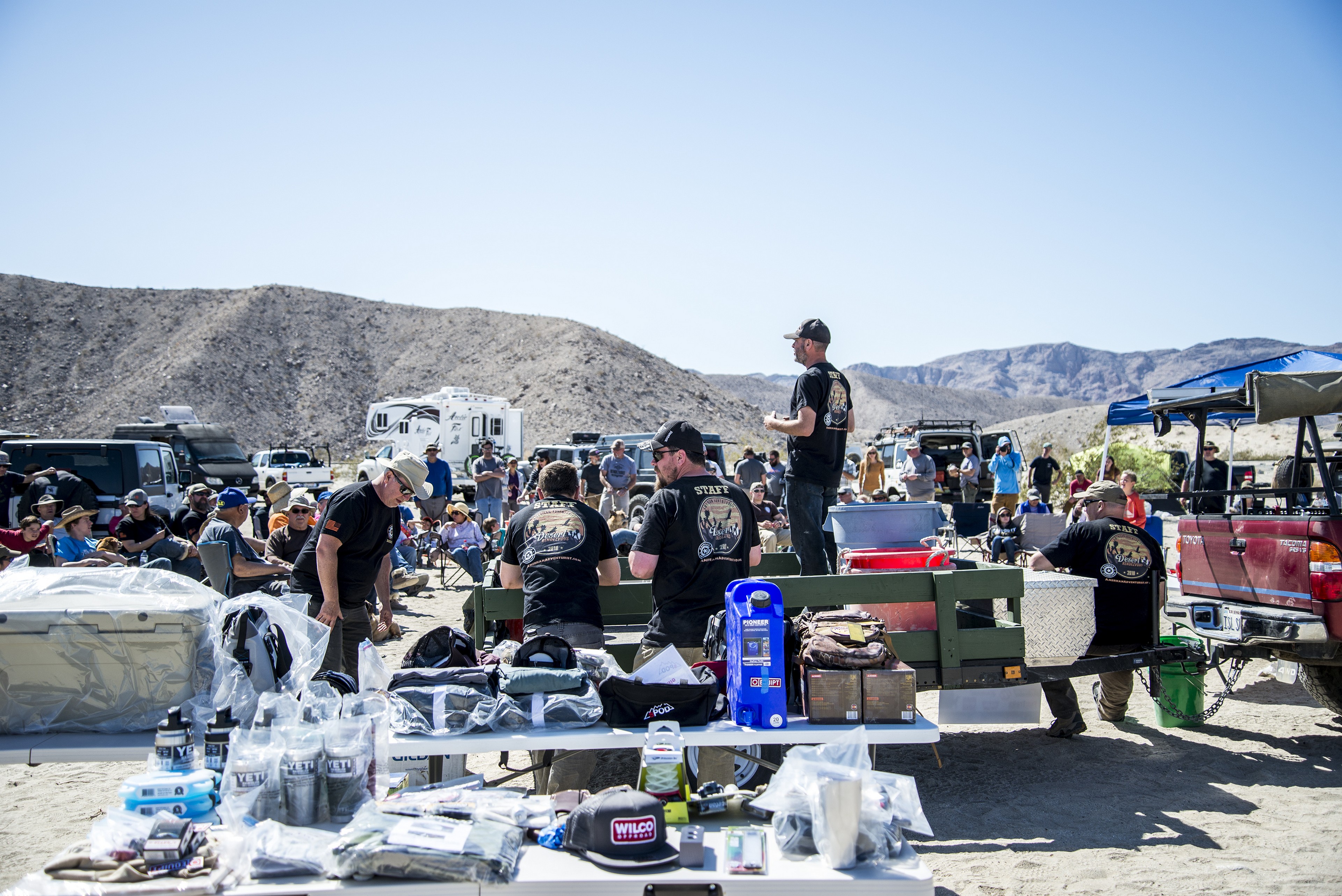

With the dumpsters full, it was time for the Rendezvous raffle. Coolers, tires, recovery gear, gift certificates, blankets, lights, knives – there were tons of awesome prizes to give away again this year. American Adventurist is able to have such great raffles because our members give back to the community everywhere we go, and our friends in the industry recognize and support these efforts year after year. Please support the companies listed at the end of this article – without their generous support, these events would be much more difficult to organize.
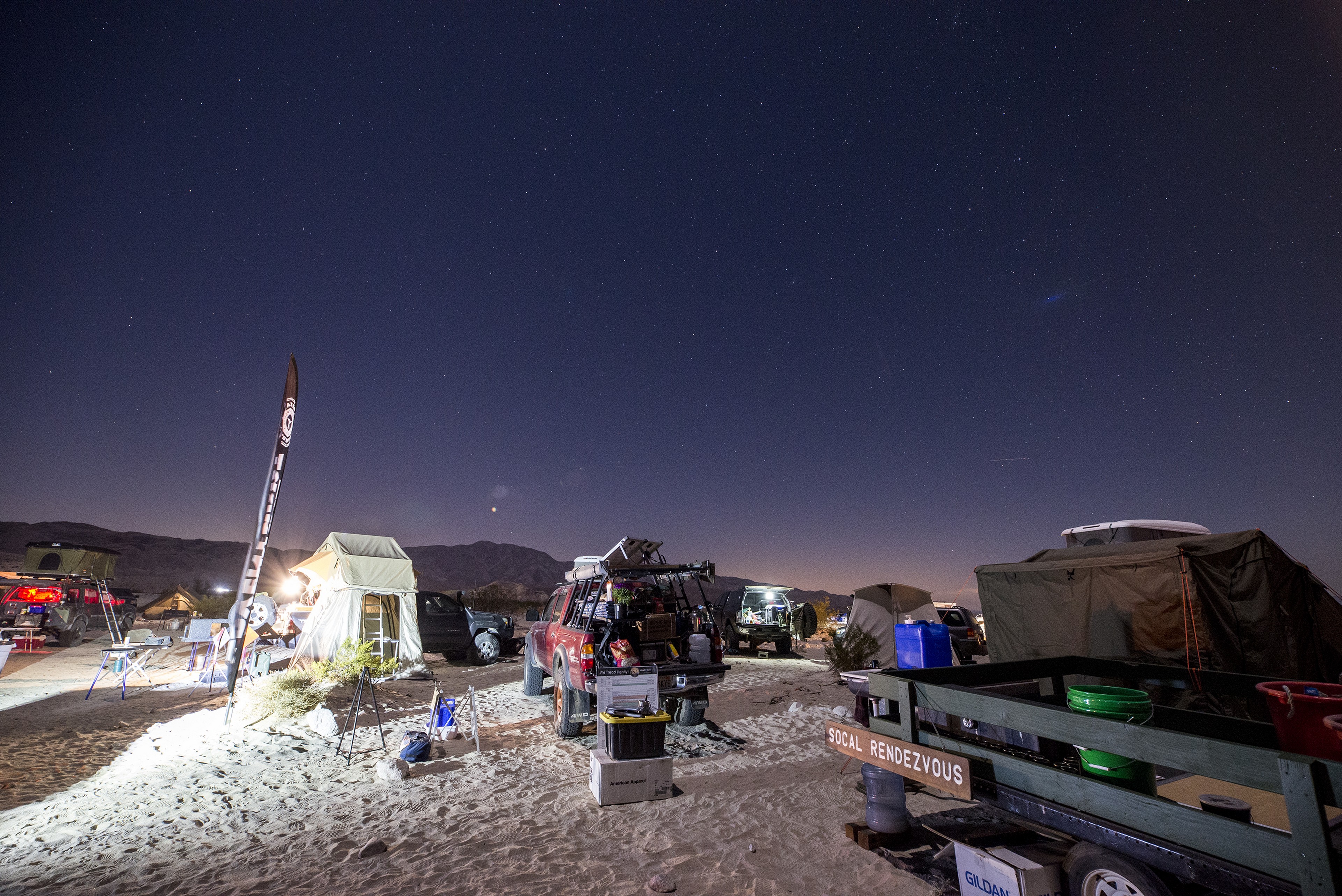

Grassroots events like the Rendezvous and the causes we support wouldn’t be possible without continued support from a large number of outstanding companies. Please consider them first when you need gear:
4X4 sPOD
ARB USA
Baja Designs
Colby Valve
Deadman Off-road
Equipt Expedition Outfitters
Factor 55
Falken Tire
Fold A Flame
Front Runner
FunTreks
Goose Gear
Goal Zero
JRs_Knives
LT Wright Knives
Mojoe Outfitters
Pelfreybilt
Pitts 4×4 Co
prAna
Princeton Tec
Prometheus Design Werx
Rancho Suspension
Restop
Slumberjack
Safe Jack
Step 22 Gear
Tembo Tusk
Trasharoo
Warn
Wilco OffRoad
Wits’End
Yeti




